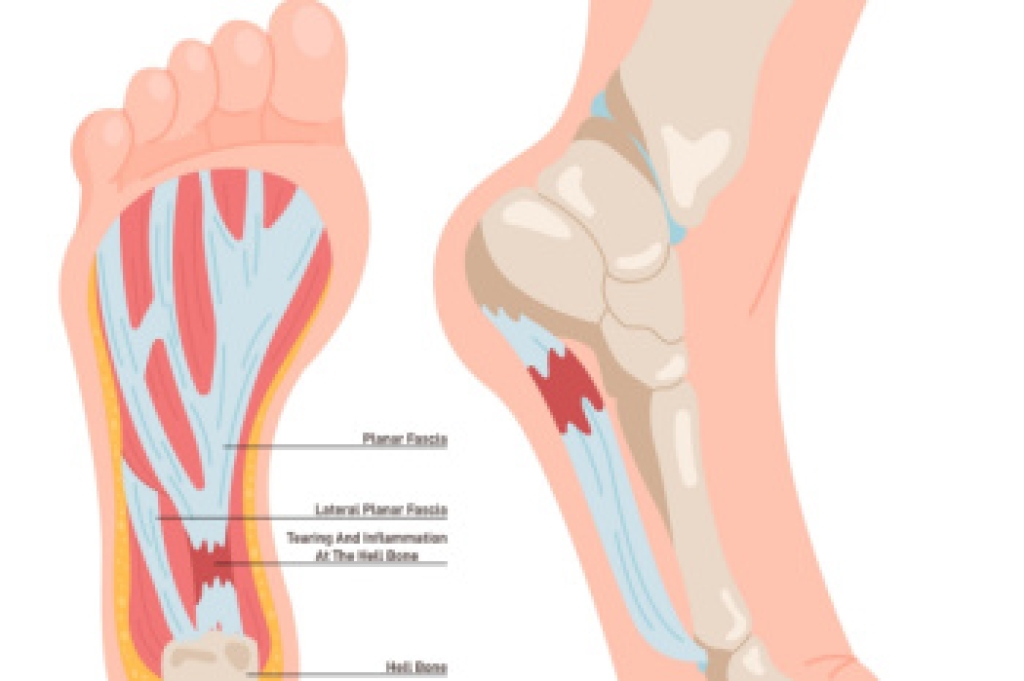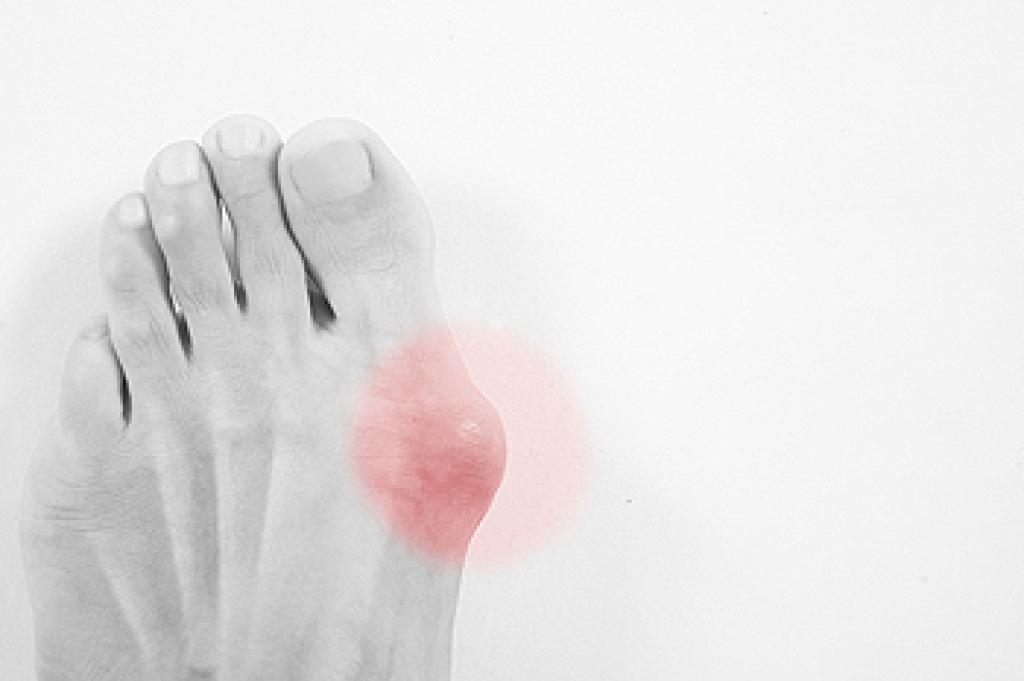
Chronic plantar fasciitis occurs when the thick band of tissue on the bottom of the foot, known as the plantar fascia, remains inflamed and painful over an extended period of time. An endoscopic plantar fasciotomy is a minimally invasive surgical procedure used to treat chronic plantar fasciitis that has not improved with conservative care. During the procedure, a small camera and specialized instruments are inserted through tiny incisions to release part of the fascia, reducing tension and inflammation. This method allows for less tissue disruption and faster healing. Recovery usually takes a few weeks, with gradual return to normal activities. If you have chronic plantar fasciitis, it is suggested that you consult a podiatrist who can explore effective relief options for ongoing heel pain.
Foot surgery is sometimes necessary to treat a foot ailment. To learn more, contact one of our podiatrists of Bangor Podiatry. Our doctors will assist you with all of your foot and ankle needs.
When Is Surgery Necessary?
Foot and ankle surgery is generally reserved for cases in which less invasive, conservative procedures have failed to alleviate the problem. Some of the cases in which surgery may be necessary include:
- Removing foot deformities like bunions and bone spurs
- Severe arthritis that has caused bone issues
- Cosmetic reconstruction
What Types of Surgery Are There?
The type of surgery you receive will depend on the nature of the problem you have. Some of the possible surgeries include:
- Bunionectomy for painful bunions
- Surgical fusion for realignment of bones
- Neuropathy decompression surgery to treat nerve damage
Benefits of Surgery
Although surgery is usually a last resort, it can provide more complete pain relief compared to non-surgical methods and may allow you to finally resume full activity.
Surgical techniques have also become increasingly sophisticated. Techniques like endoscopic surgery allow for smaller incisions and faster recovery times.
If you have any questions, please feel free to contact our offices located in Bangor, Gilbert, and Bethlehem, PA . We offer the newest diagnostic and treatment technologies for all your foot care needs.




